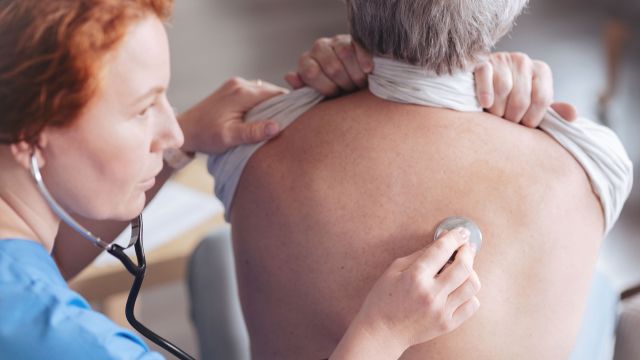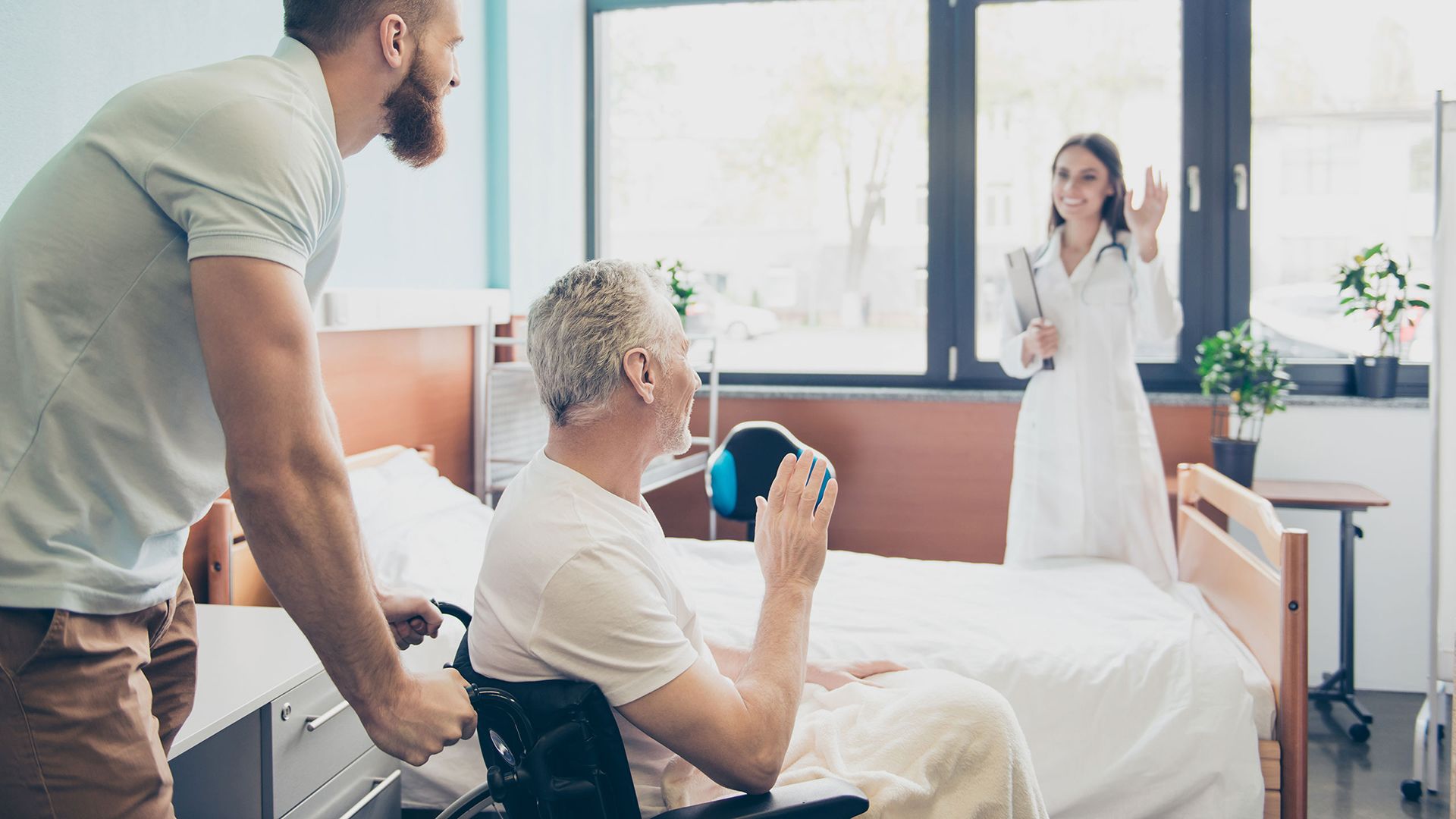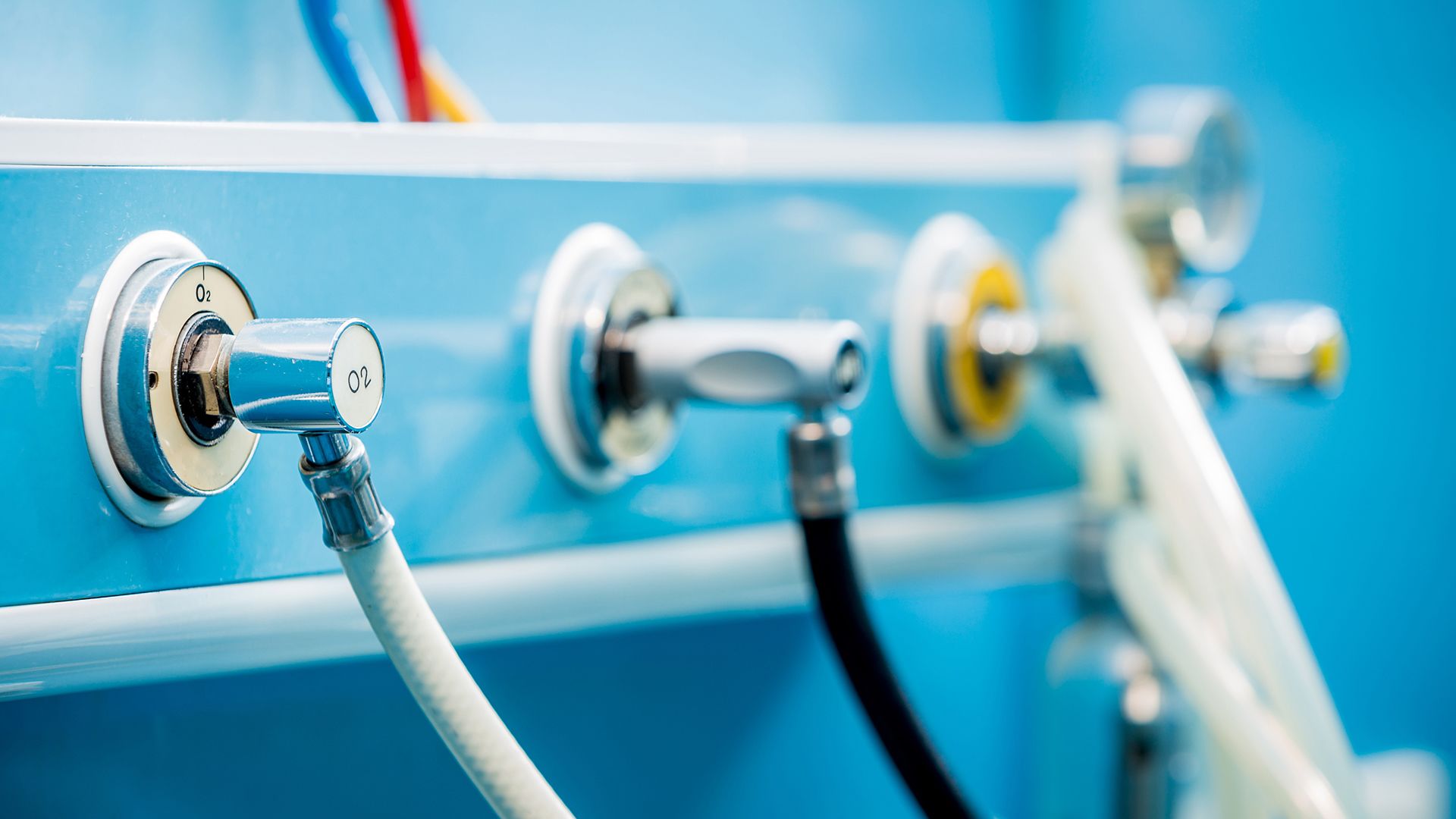Chronic obstructive pulmonary disease (COPD) is a progressive respiratory disease, which means that it causes breathing problems that get worse over time.
More than 16 million people in the United States have COPD, although it may affect many more who have not yet been diagnosed. The disease was the fifth leading cause of death due to medical illness among Americans in 2021, according to the Centers for Disease Control and Prevention, behind heart disease, cancer, COVID-19, and stroke. Both heart disease and cancer (especially lung cancer) can occur alongside COPD and COPD can increase your risk for more severe COVID-19 infection.
Here are the basic facts to know about this disease and what you can do to help prevent it.
COPD is several diseases
COPD is an umbrella term for a group of chronic respiratory illnesses that cause your airways to become blocked and narrowed over time. The two main conditions considered under COPD are emphysema and chronic bronchitis. Many people with COPD have a combination of both conditions at the same time.
When you have emphysema, the lung's air sacs, called alveoli, become damaged and less elastic, making it harder to breathe air out of the body.
With chronic bronchitis, the walls of the bronchial tubes (airways that move air in and out of your lungs) become inflamed, narrowed, and produce excess mucus, which makes it harder to breathe. Both conditions can lower the level of oxygen in your blood.
COPD risk factors
In the United States, cigarette smoking is the number one risk factor for COPD. If you smoke, your risk of COPD increases the longer you’ve smoked and the more you’ve smoked. Pipe smokers, cigar smokers, marijuana smokers, and people exposed to secondhand smoke are also at risk of COPD.
Plenty of nonsmokers, however, also get COPD. Regularly inhaling fumes or dust from chemicals, pesticides, coal, wood, fuel, or mining materials can make you more likely to develop COPD.
Symptoms to observe
Shortness of breath or having difficulty catching your breath are symptoms of COPD, particularly if they worsen progressively or persist for months. Shortness of breath may occur after physical activity or while at rest.
Other symptoms include coughing, wheezing, chest tightness, frequent respiratory infections, and producing excess amounts of phlegm. People with COPD may also experience a fast heartbeat, fatigue, mental fogginess, and depression or anxiety.
Treatments for COPD
While treatment cannot cure COPD, it can ease symptoms and slow the progression of the disease. Treatment for COPD will depend on a number of factors, including the severity of the disease, but may include:
- Quitting smoking. For anyone who has COPD and smokes, quitting smoking is extremely important for slowing the progression of the disease. If you have COPD, ask your healthcare provider (HCP) about strategies to help you quit and stay quit. Your HCP may prescribe treatment to help you quit and refer you to a smoking cessation program.
- Nutrition. COPD can make it difficult to eat, and getting adequate calories and nutrients are an important focus of COPD treatment.
- Medications. Bronchodilators open up your airways and may help lessen coughing and shortness of breath. Steroids may also help reduce inflammation and make breathing easier. In many cases, a combination of medications is used.
- Pulmonary rehabilitation. This is a program tailored to your individual needs. It can include exercise, breathing training, smoking cessation, and nutritional guidance, as well as psychological and social support.
- Oxygen. Severe COPD may require supplemental oxygen, either for a period of time each day or throughout the entire day.
- Surgery. When COPD is severe and other treatments are not effective, lung volume reduction surgery is an option. During this procedure, the surgeon removes small pieces of damaged lung tissue so that the remaining lung tissue can help you breathe better. For some people, a lung transplant may also be considered.
COPD education and self-management is another important part of treatment. It involves learning about COPD, developing skills to manage it, and cultivating ways to make positive lifestyle changes to lead a full life. If you have COPD, your HCP may refer you to one of these programs.






